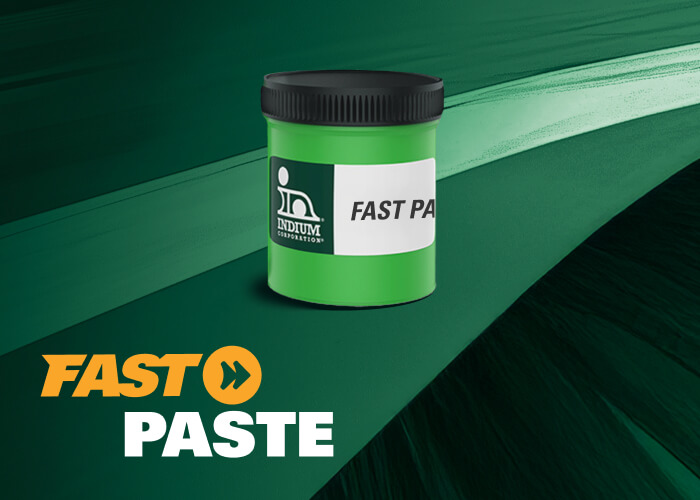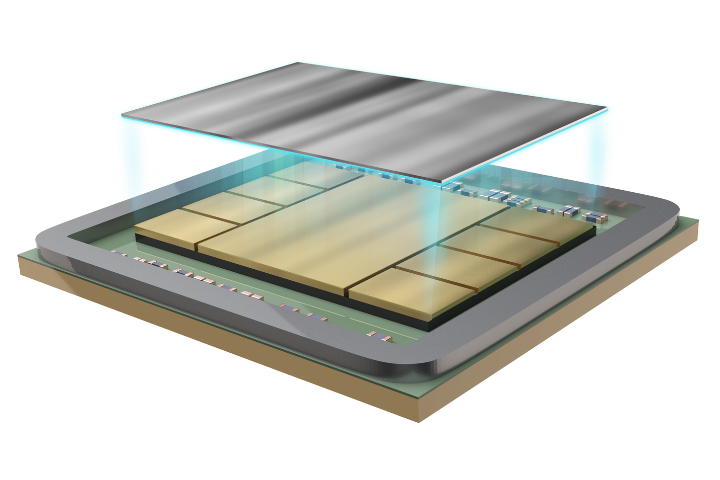With regard to soldering or wetting (coating) with indium, we are often asked to comment on the oxide formation of indium and how to remove it. We are also asked how long will it take for the oxide to reform on the surface.The procedure, below, will help you to better understand indium oxide, its removal, and how to handle it once it has been removed.
Indium is self-passivating.At room temperature, the oxide formation on the surface of the indium will be between 80-100 Angstroms thick. Generally, this amount of oxide is not considered significant to hamper the wetting of the indium to a substrate, especially if a flux is used.Even if a flux is not used, the indium should not have any difficulty forming a joint or coating a surface.
If the application calls for an oxide-free joint and a flux cannot be used, the indium oxide can be easilyremoved following these steps:
· Clean the indium in isopropyl alcohol or acetone to remove any surface organics.Allow to dry.
· Etch the indium in 10% HCl for 1 minute to remove the surface oxides.
· Rinse the indium in DI water to remove the acid.
· Rinse the indium in isopropyl alcohol or acetone to remove the water.
· Blow dry with dry nitrogen or allow to air dry.
While this etching procedure will remove the oxides, it has also opened up a whole new surface on the indium which will be prone to oxidation.Generally, the formation of oxide will begin on the surface of freshly etched indium as soon as it is exposed to air.At this time the thickness of the oxide layer is between 30-40 Angstroms.After 2-3 days of being exposed to air, the oxide has reached its passivating thickness of 80-100 Angstroms.
Note:
Indium has the unique ability to cold weld to itself when the oxides have been removed.During the etching process, care must be taken to keep units of indium separated so they will not stick together.If they do stick, it is very difficult to separate them without distorting the indium.
If the etched indium is not going to be used immediately, storage in a nitrogen dry box is recommended .Alternatively, the etched indium can be submerged in clean acetone to preventexposure to air.



